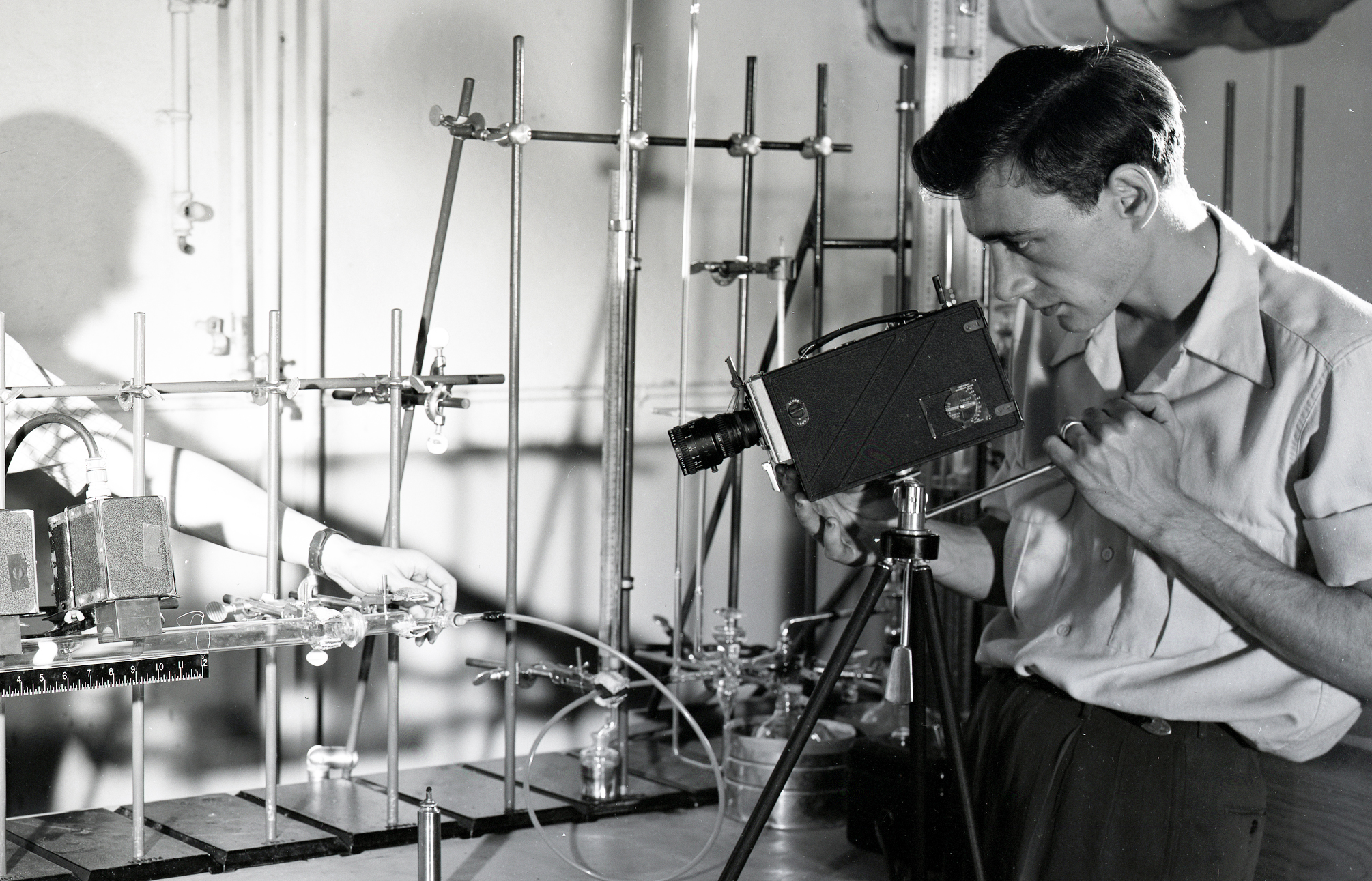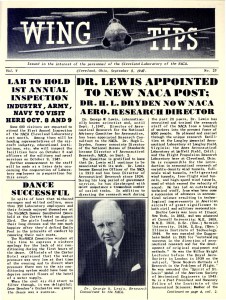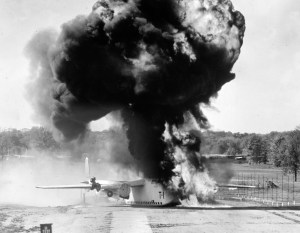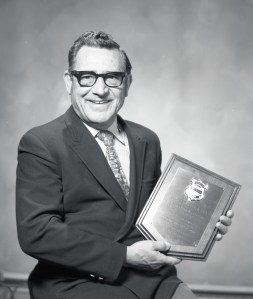William Wynne, noted photographer and photojournalist, passed away on April 19, 2021 at the age of 99. His professional career included two stretches at the NASA Glenn Research Center and 30 years at the Cleveland Plain Dealer.
Wynne grew up in Cleveland’s West Park neighborhood during the Great Depression. He claimed the that the tough times, including time in an orphanage, provided him with street smarts, a knack for innovation, and an appreciation for animal companionship. Wynne was introduced to photography in high school in the early 1940s.
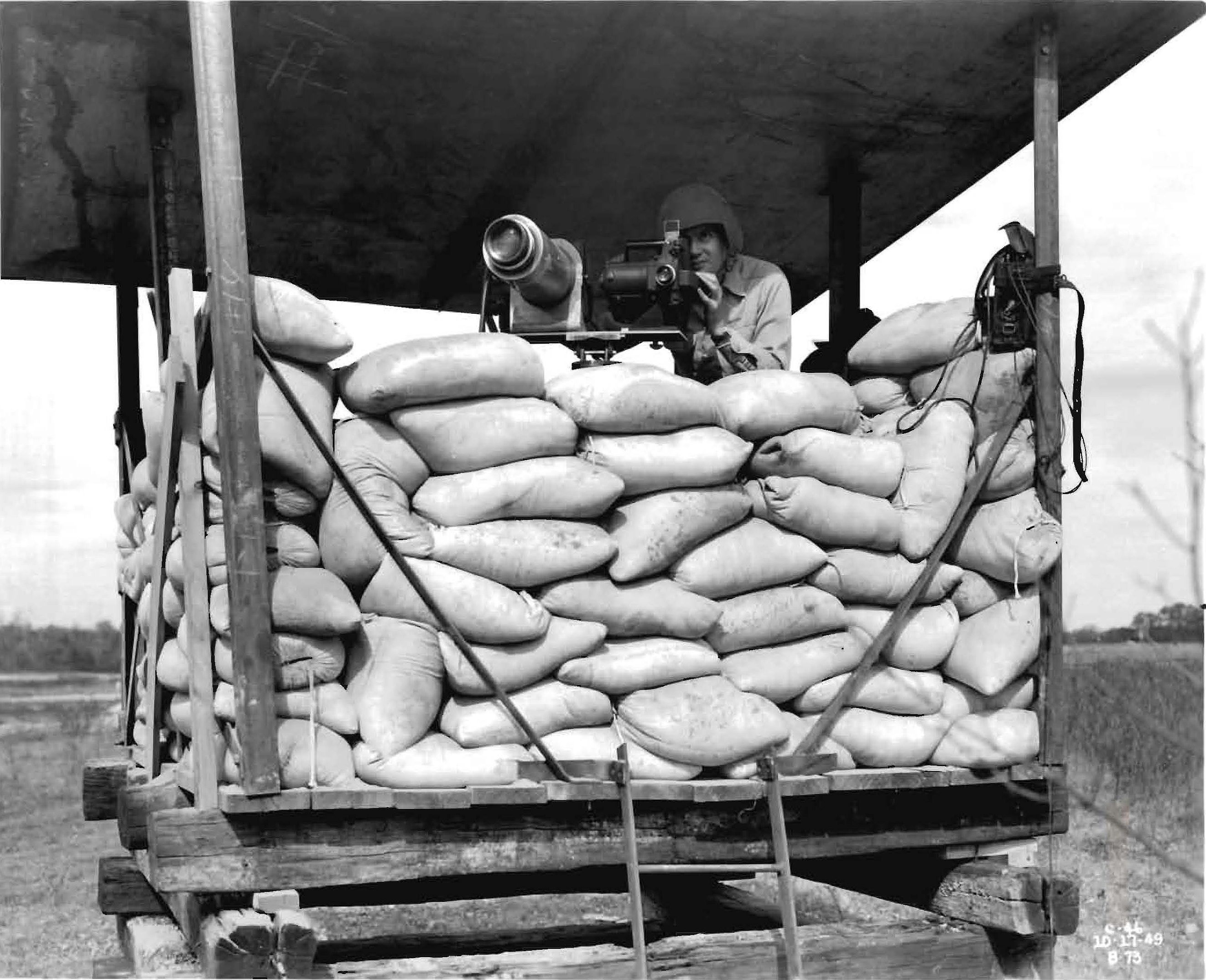
Wynne’s experience with cameras proved valuable when he was drafted in early 1943. The Army trained him in aerial photography and assigned him to a reconnaissance squadron in the South Pacific. Wynne flew 13 combat missions and participated in the battles of Luzon and Okinawa.
During the war, Wynne and a small Yorkshire terrier named Smoky, became inseparable. He trained Smoky to not only perform tricks, but also to contribute to the war effort by pulling a critical communications line through a pipe under a runway. Wynne also turned Smoky into an early therapy dog with frequent visits to wounded soldiers.
When he returned to Cleveland following the war, he started a family with his bride Margie and developed a dog act for Smoky to perform for local appearances and television shows.
Meanwhile, Wynne’s military experience led to position as an aerial photographer at the NACA’s Lewis Flight Propulsion Laboratory in January 1947.
There, Wynne accompanied flight crews as they flew specially-equipped B-24 and B-25 aircraft into storm clouds to study in-flight icing. Wynne developed an angled strobe light that illuminated water droplets in the dense icing clouds so they could be photographed.
In the early 1950s Wynne participated in the NACA’s Crash Fire Program. A bevy of high-speed cameras documented the impact of old military aircraft crashing into barriers. Wynne was stationed behind sandbags near the impact area for the first run. The resulting explosion sent propeller blades flying over his head as he filmed. One embedding itself in a tree behind him. Wynne developed a high-speed flash apparatus and a timer capable of recording fractions of a second on film.
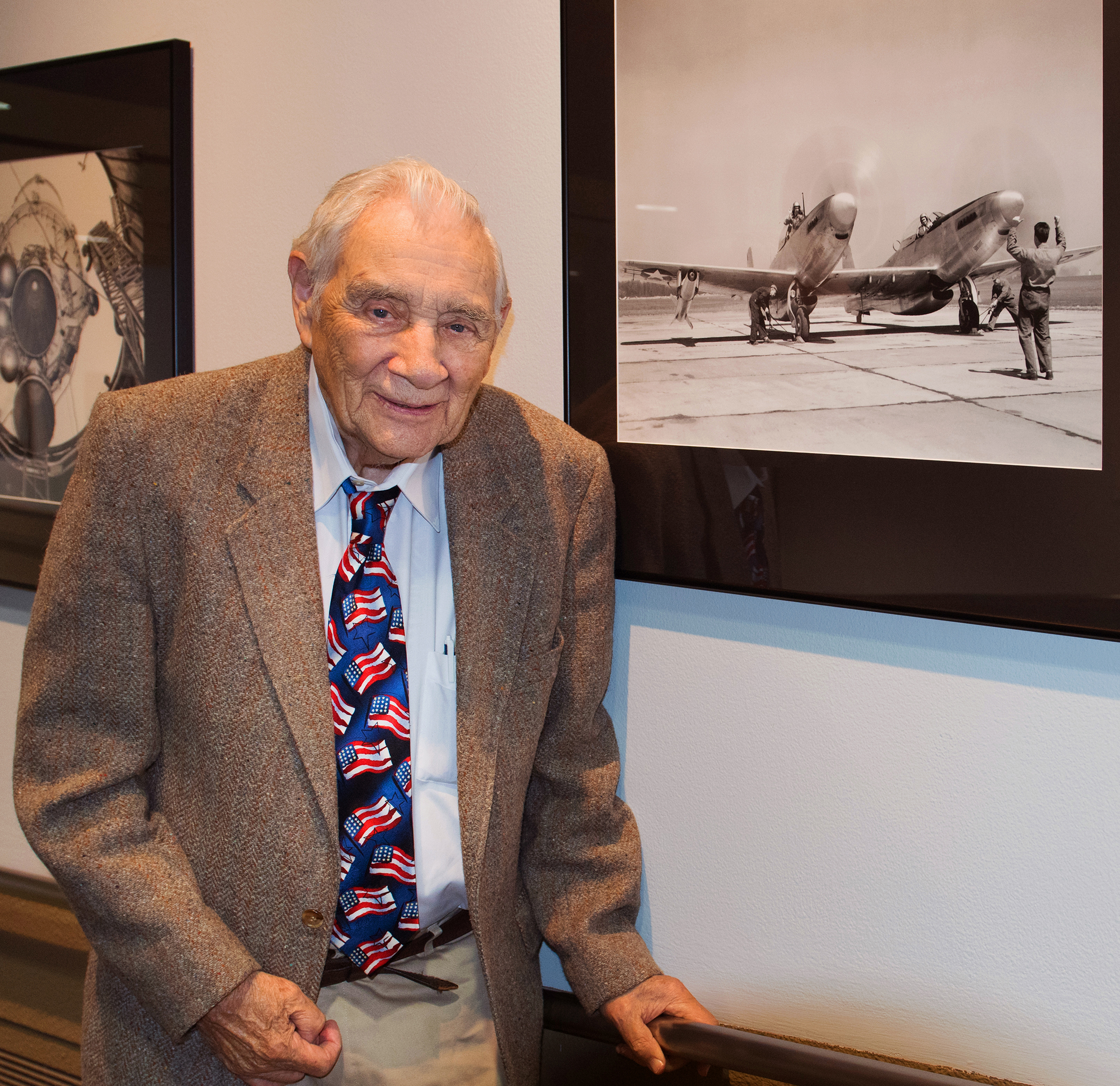
In 1953, Wynne accepted a position at the Cleveland Plain Dealer.
At the newspaper, Wynne used his experience with color photography to complement his uncanny ability to tell stories through images. He famously captured the reaction of high school students to the news of President Kennedy’s assassination, and in 1971 he helped break a major patient abuse story at the Lima State Hospital. He retired in 1984 after over 30 years at the newspaper.
In 1985 Wynne returned to NASA to mentor the center’s younger photographers. The assignments were less treacherous than his first stint: construction projects, daily operations, award ceremonies, and other events.
Wynne retired from NASA in 1989 to spend time with Margie on their farm in Mansfield, Ohio. He documented many of his experiences in a memoir, Yorkie Doodle Dandy.
In the ensuing years, Wynne continued to find avenues to tell Smoky’s story and remained in contact with former NASA and Plain Dealer colleagues. In 2014, Wynne participated in an oral history interview with NASA historians.
Top Image: Photographer Bill Wynne films the flame speed in a combustion experiment at the Fuels and Lubrication Building in May 1949.
Robert S. Arrighi
NASA Glenn Research Center




























